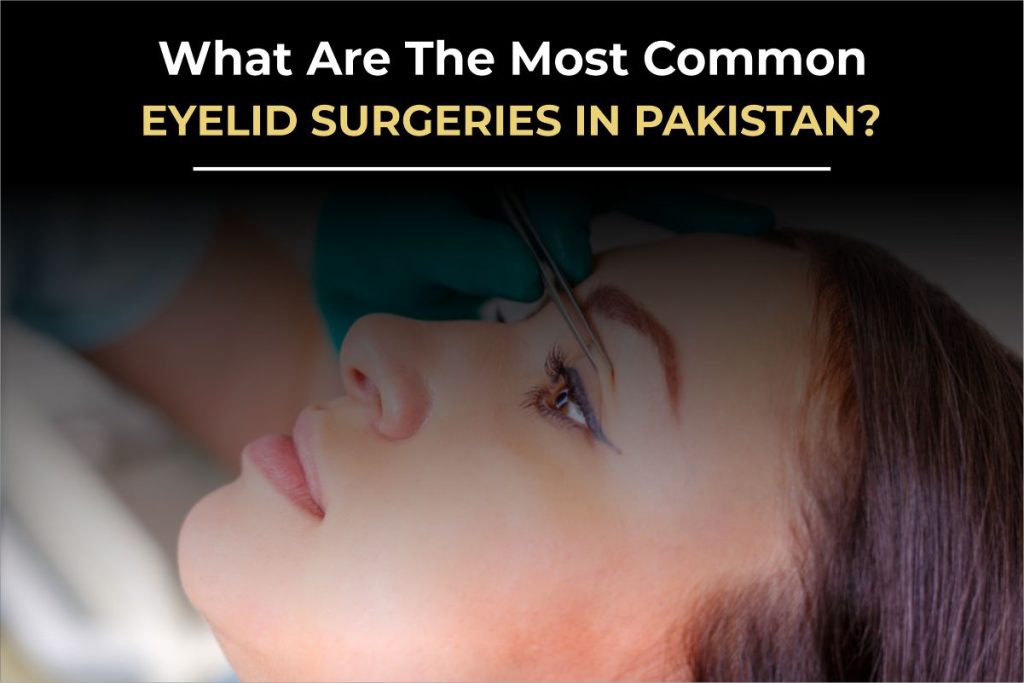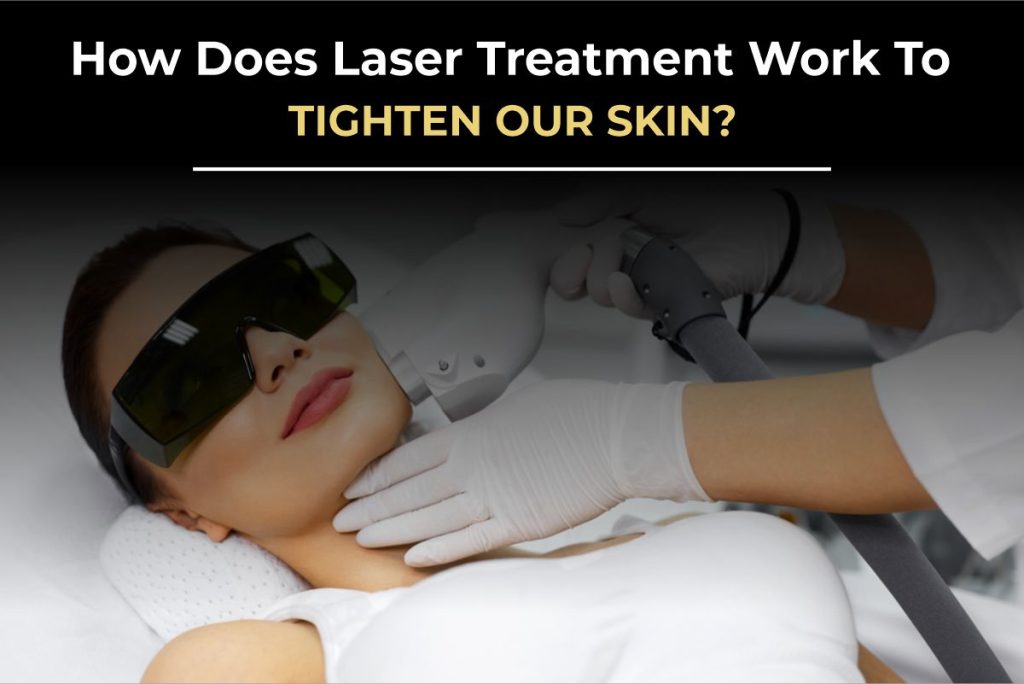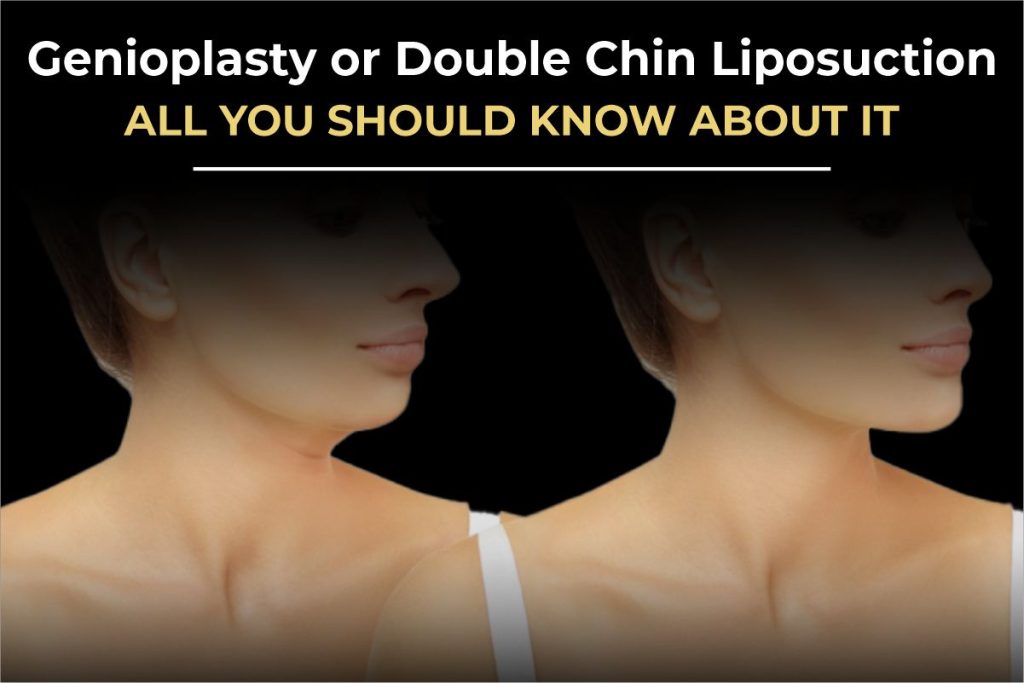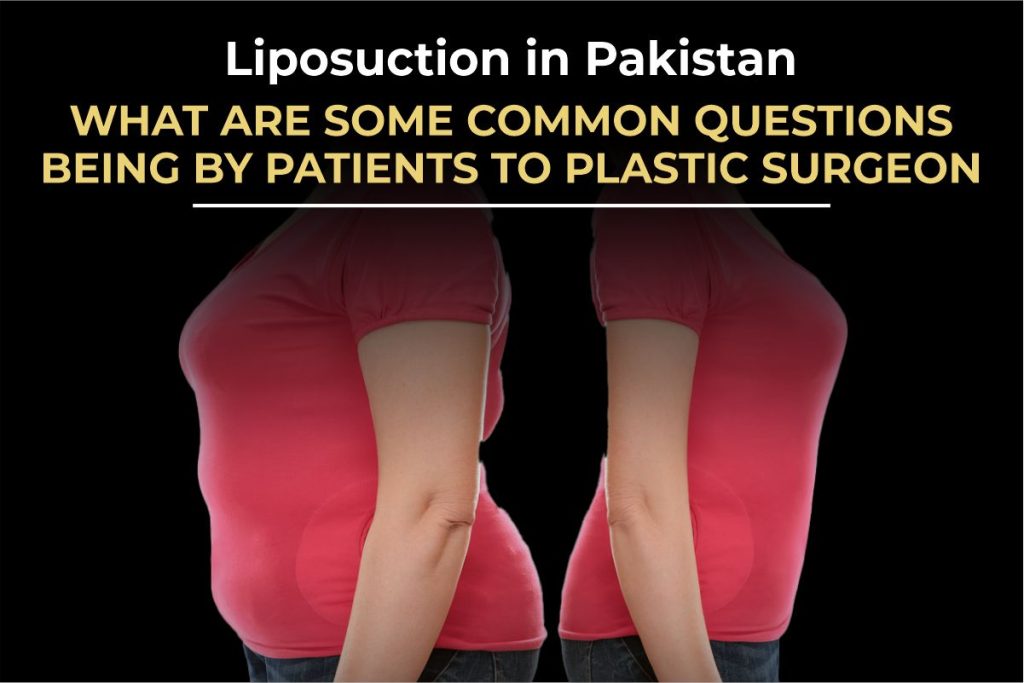Then Lower Eyelid Surgery, Also Known as Blepharoplasty, Might Be the Solution You’ve Been Looking For.
Tired eyes. Puffy bags. That constant “you look exhausted” comment, even after a full night’s sleep, sounds familiar?
For many people, under-eye bags and puffiness aren’t just a cosmetic concern. They can affect how others perceive you and even how you feel about yourself. And while topical creams or cooling gels might offer temporary relief, they often fall short in delivering real, long-term results.
This is where Lower Eyelid Surgery, medically called Lower Blepharoplasty, steps in.
In this blog, we’ll take you through everything you need to know about this popular eye rejuvenation procedure, what it is, who it’s for, how it’s done, and what kind of results you can expect.
Understanding Lower Eyelid Surgery
Lower eyelid surgery is a cosmetic procedure that removes or repositions fat, tightens muscle, and smooths excess skin from the area beneath the eyes. The goal is to eliminate puffiness, under-eye bags, or loose skin that can give the face a tired, aged appearance.
It’s a targeted treatment, focused solely on the lower lid area, and when done correctly, it can rejuvenate your entire face without changing your natural look.
This isn’t about transformation, it’s about refinement.
Why Do Eye Bags Happen?
Before we jump into how the surgery works, let’s quickly understand why under-eye bags form in the first place.
As we age, the muscles around our eyes weaken, and the fat that supports the eyes can shift forward into the lower eyelids. This, combined with thinning skin and fluid retention, causes puffiness or shadowing, what we commonly refer to as eye bags.
In some people, these changes are purely age-related. In others, they’re genetic, appearing as early as their twenties.
Either way, lower eyelid surgery addresses the root of the problem, not just the surface.
Is Lower Eyelid Surgery Right for You?
This procedure is ideal for individuals who:
- Have persistent puffiness or swelling under the eyes
- Notice loose or wrinkled skin in the lower eyelid area
- Appear tired or aged due to under-eye volume or shadowing
- Want to correct under-eye bags that don’t improve with skincare
It’s also a common choice for patients who’ve tried fillers or non-surgical treatments but haven’t achieved the desired result.
Lower blepharoplasty is not only about aesthetics, it’s about restoring freshness and balance to your face.
The Procedure: What to Expect
Lower eyelid surgery is typically performed under local anesthesia with sedation or general anesthesia, depending on the extent of correction needed and your comfort level.
There are two primary techniques your surgeon may use:
- Transconjunctival Approach: Ideal for patients with fat bulges but no excess skin. The incision is made inside the lower eyelid, so there’s no visible scarring.
- Transcutaneous Approach: Best for patients who also need skin tightening. The incision is made just beneath the lash line and is nearly invisible once healed.
During the procedure, the surgeon may remove or reposition fat, tighten the underlying muscle, and trim excess skin to create a smoother, more youthful contour under the eyes.
The entire process typically takes 60 to 90 minutes.
Recovery and Healing
One of the advantages of lower eyelid surgery is the relatively short recovery period. Most patients can return to light daily activities within a few days, although complete healing takes a couple of weeks.
Here’s what you might experience post-procedure:
- Mild swelling and bruising for 7–10 days
- Tightness or dryness in the eyes
- Temporary blurring or light sensitivity
Cold compresses, head elevation during sleep, and prescribed ointments will help speed up healing.
Most patients find they look “camera ready” within 10–14 days, with final results continuing to refine over the next few months.
How Long Do Results Last?
The results of lower eyelid surgery are typically long-lasting. Since the fat that causes puffiness is either removed or repositioned, it doesn’t usually come back.
Of course, you’ll continue to age, and skin will gradually lose elasticity, but most patients enjoy refreshed, younger-looking eyes for 8–10 years, often longer with proper skincare and sun protection.
This is one of the reasons lower blepharoplasty is considered a high-value, high-impact procedure, with subtle but significant long-term results.
Can It Be Combined with Other Procedures?
Absolutely. Many patients choose to combine lower eyelid surgery with:
- Upper eyelid surgery (for drooping lids or hooded eyes)
- Fat transfer (to restore volume around the cheeks or tear troughs)
- Laser resurfacing or chemical peels (to improve skin texture and pigmentation)
Combining procedures allows for a holistic rejuvenation, especially in the eye and mid-face area, and can often be done during a single surgical session.
Risks and Considerations
Like all surgeries, lower blepharoplasty does carry some risks, especially when performed by inexperienced hands. Potential complications include asymmetry, dry eyes, difficulty closing the eyes fully, or in rare cases, vision changes.
However, when done by a skilled and qualified plastic surgeon, the procedure is safe, precise, and highly effective.
Always choose a board-certified surgeon with specific experience in eyelid surgeries. The area around the eyes is delicate, and precision matters.
Rested Eyes, Refreshed Confidence
Lower eyelid surgery may be a small procedure in terms of time and recovery, but the impact it can have on your face is huge.
It doesn’t change how you look. It simply helps you look the way you feel, less tired, more awake, and effortlessly refreshed.
If under-eye bags or puffiness are affecting your appearance, and your confidence, then this could be the most natural-looking solution you didn’t know you needed.





